bittersweet vine
marymac
17 years ago
Related Stories
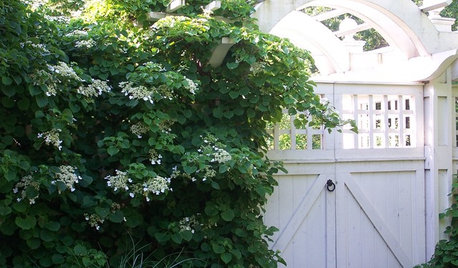
FALL GARDENING6 Deer-Resistant Flowering Vines to Plant This Fall
Have a major deer problem? Here are some of the only vines that have a chance of not being eaten
Full Story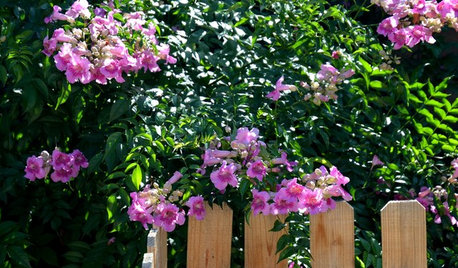
PINK FLOWERSGreat Design Plant: Pink Trumpet Vine Heralds Vibrant Color
Announce your landscape beautification efforts with this flowering vine that perks up hot, dry gardens
Full Story
DIY PROJECTSMake a Sophisticated Natural Wreath for Fall and Winter
Rosemary, olive leaves and bittersweet berries combine in an inviting decoration that will last through the holiday season
Full Story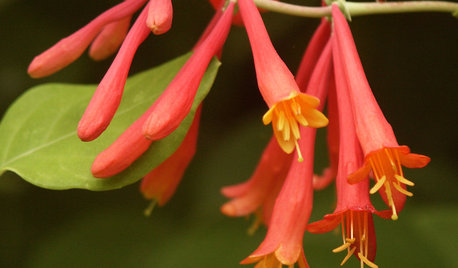
GARDENING GUIDESGreat Design Plant: Lonicera Sempervirens
Grow this long-blooming, flashy flowering vine to cover a fence or arbor and attract hordes of hummingbirds all season long
Full Story
WEDDINGSHouzz Call: Show Us Your Backyard Wedding!
Did you say ‘I do’ at home? We want to hear and see everything about it. Share your photos and you could be featured in an upcoming ideabook
Full Story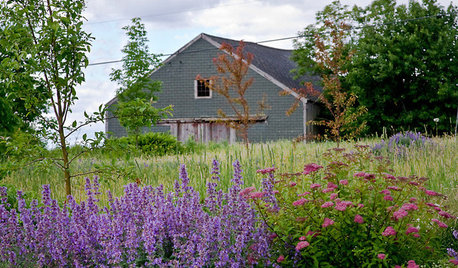
GARDENING AND LANDSCAPINGLandscape Tour: Two Acres of Rural Hillside in Maine
An orchard of crab apples, a grove of sugar maples, even a hayfield ... pastoral landscape beauty doesn't get more idyllic than this
Full Story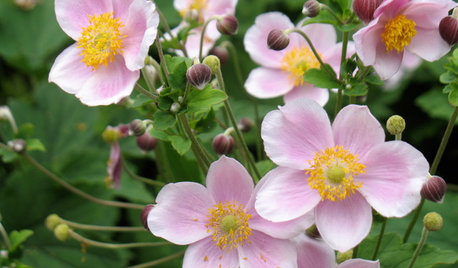
GARDENING GUIDESNortheast Gardener's August Checklist
It's hot in the August garden! Cool off with airy grasses and tactile plants that catch the breeze
Full Story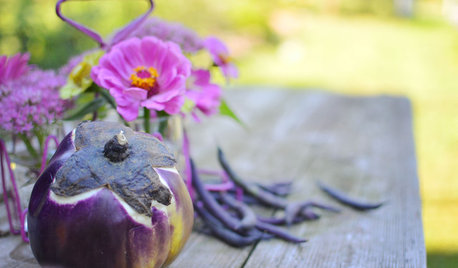
DECORATING GUIDESRebel Colors Spark Fall Flower Arrangements
It's a fall-decor revolution! Purples, pinks and more are taking a stand with traditional autumn colors for unexpected arrangements
Full Story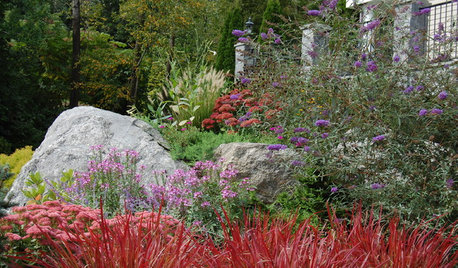
LANDSCAPE DESIGNHow to Design a Great Garden on a Sloped Lot
Get a designer's tips for turning a hillside yard into the beautiful garden you’ve been dreaming of
Full Story
GARDENING GUIDES8 Pickable Plants for Fall Centerpieces
Cut flowers and branches make for seasonal arrangements both easy and lovely. Grow these in the garden for the look and feel of fall
Full Story






chrismich250
maifleur01
Related Professionals
Eden Prairie Landscape Architects & Landscape Designers · Pottstown Landscape Contractors · Brooklyn Park Landscape Contractors · Cerritos Landscape Contractors · Cornelius Landscape Contractors · Ellicott City Landscape Contractors · Live Oak Landscape Contractors · Oxon Hill Landscape Contractors · Jacksonville Fence Contractors · Burlington Fence Contractors · Germantown Fence Contractors · Salt Lake City Fence Contractors · Oregon City Siding & Exteriors · Rockville Siding & Exteriors · Weymouth Siding & Exteriorsgardengal48 (PNW Z8/9)
ladyslppr
nywoodsman
vicki448
Catrina's Garden
davidl_ny5